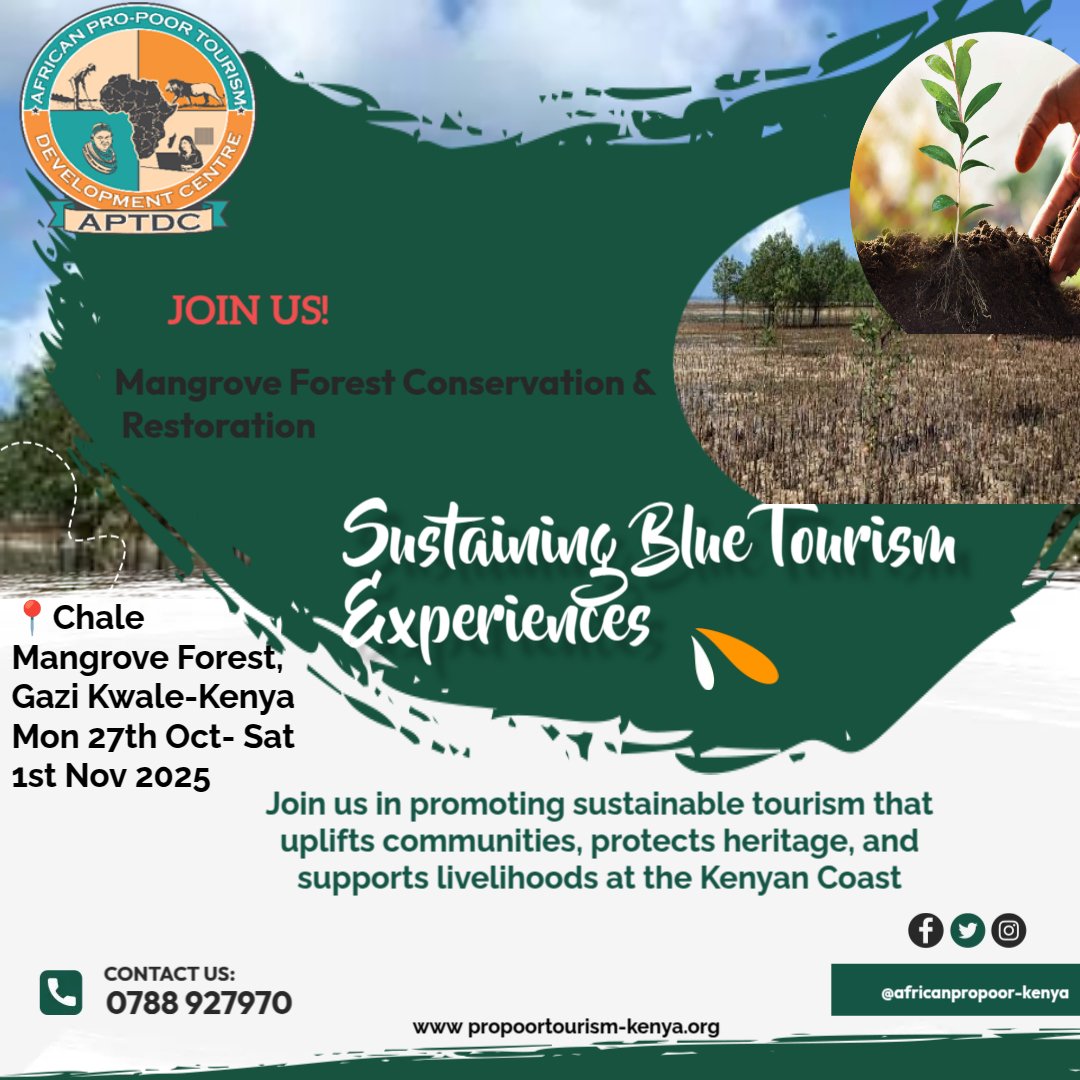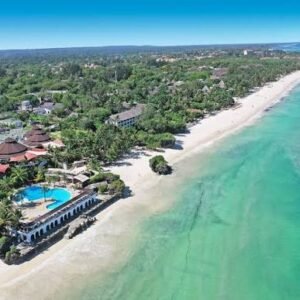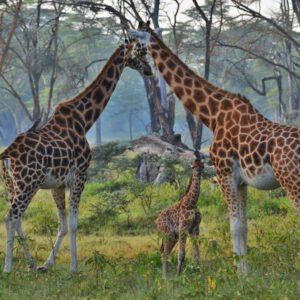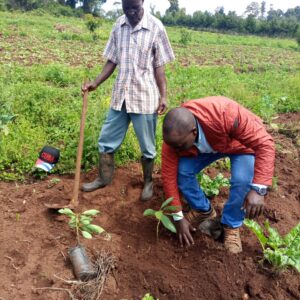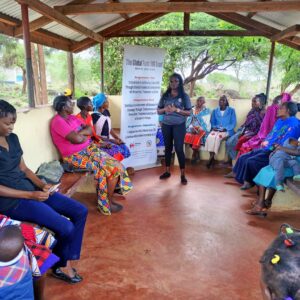African Pro-poor Tourism Development Centre – Making Tourism work for Communities
APTDC COMMUNITY ENGAGEMENT AND MANGROVE FOREST CONSERVATION AT CHALE FOREST,DIANI KWALE COUNTY
African Pro Poor Tourism Development Centre, in collaboration with the Gogoni Gazi Bay Community Forest Association is hosting
a 6 day Community Engagement Event from Monday 27th October to Saturday 1st November 2025
SCHEDULE OF ACTVITIES IS AS BELOW
DAY 1 MON OCTOBER 27th: Sensitisation of CFA members on Mangrove Forest Conservation.
DAY 2 TUE OCTOBER 28th: Sensitisation of CFA members on Waste Management.
DAY 3 WED OCTOBER 29th: Sensitisation of the CFA members on Pro poor Tourism Development Programs.
DAY 4 THUR OCTOBER 30th: Conduct Plastic Waste Clean up at Gazi Town and Installation of litter bins.
DAY 5 FRI OCTOBER 31st: Mangrove Tree Planting at Chale Mangrove degraded site.
DAY 6 SAT NOVEMBER 1ST: Mangrove Tree Planting at Chale degraded site.
VENUE: CHALE WITHIN GAZI BAY MANGROVE FOREST,KWALE
We kindly invite you to join us in creating long term impact through your financial and participation support towards activities
for this community engagement.
Event Participation fee is KSH 50,000 exclusive of transport and accommodation for participants. This covers costs for sensitiza
tion, clean ups, tree planting, event visibility and refreshments.
The number of participants is 10 maximum per organization.
BANK DEPOSIT DETAILS:
Bank Name: NCBA
ACC NO: 6439520067
ACC NAME: APTDC GOBLUE SUB-ACCOUNT
ECOLOGICAL IMPORTANCE OF GOGONI GAZI BAY FOREST ECOSYSTEM
Gogoni-Gazi Bay Forest Ecosystem consists of a terrestrial and mangrove forest block that lies within the grater Diani Tourist
Destination which is located in Kwale County. Along Kenya’s coast. This coastal forest represents a critical habitat for multiple
marine and terrestrial forest flora and fauna species for the coast. The Gazi bay mangrove forest provide habitat for fish and
other wildlife. Nearly 75% of commercial fish species in the tropics spend part of their lifecyle in mangrove environment.
Mangroves are also important in climate regulation, nutrient cycling, habitat provisioning, shoreline protection and the provi
sion of building materials and fuel wood. Over 70% of the wood requirement long thre coast is made pf mangrove forests.
Gogoni forest on the other hand is home to over 140 bird species.Engangered wildlife species of the forest are African elephant,
Black rhino and several bird species.
Additionally, the forest is home to the sable antelope, which is unique to the Shimba Hills National Reserve, and the restrictd
Black-and-rufous Elephant Shrew.The five most dominant bird species in Gogoni are Accipitridae(Eagles,Hawks etc), Turdidae
(Thrushes and relatives), Capitonidae (Barbets and Tinkerbirds,ploceidae( Weavers and relatives) and Pycnonotidae (Bulbuls)
Some of the endangered tree species include the Gigasiphon macrosiphon and Cola porphyrantha. These species find shelter and
food from the forests making them an irreplaceable conservation asset.Gogoni Forest is rich in medicinal plants and thus used by
adjacent communities for herbs collection. This forest ecosystem also support other important diverse coastal ecosystems includ-
ing coral reefs, beach and seagrass bed supporting numerous marine wildlife species.
Lastly, the forest supports tourism activities along the coastlal region.
SUPPORT BENEFITS:
1. Opportunity to tour Diani while participating in the event.
2. Mangrove Trees Planting Experience.
3. Recognition through visibility and communication.
4. Knowledge on Mangrove Conservation and Restoration Practices.
5. Certificate of Participation.
THREATS FACING GOGONI GAZI BAY FOREST ECOSYSTEM
Despite the importance , this forest is under growing threat from;
1. Deforestation and Overexploitation of forests
2. Damming of rivers and sedimentation.
3. Wildlife Habitat Loss
4. Dieback
5. Climate Change Impacts
6. Poverty
7. Limited community conservation capacity
8. Limited regeneration.


